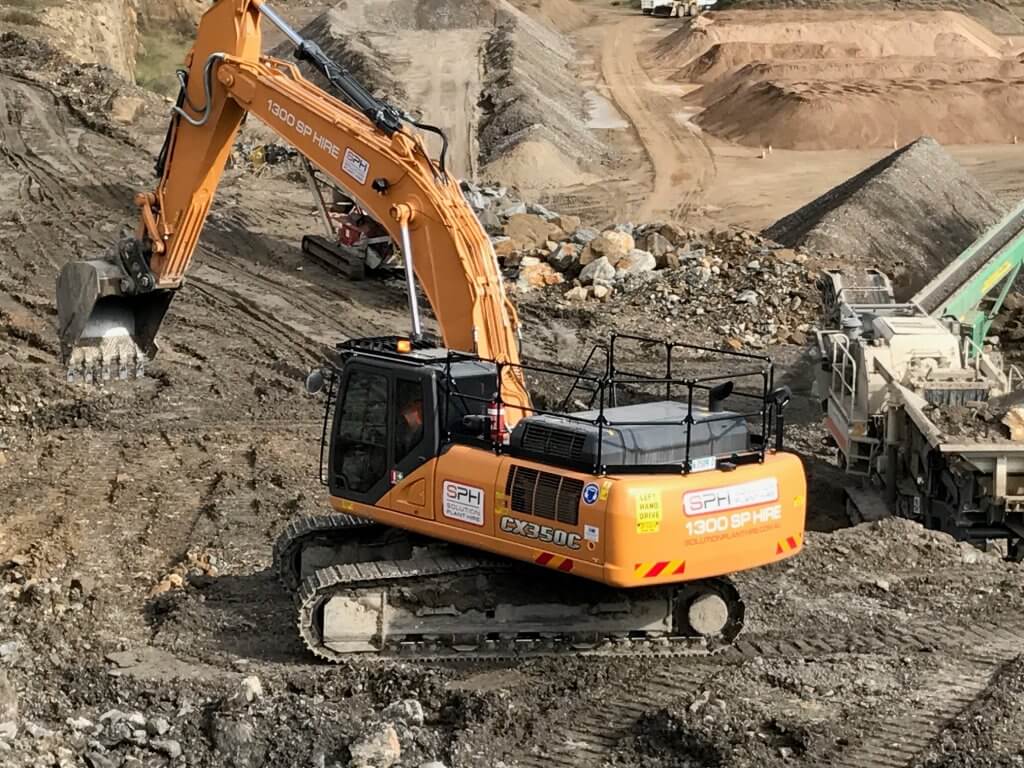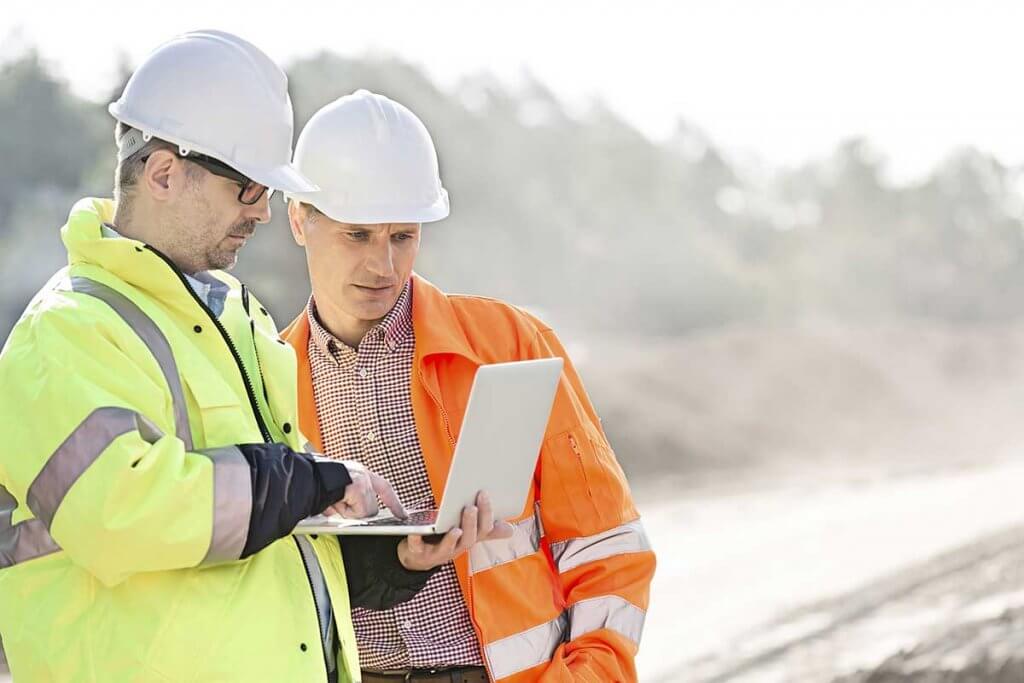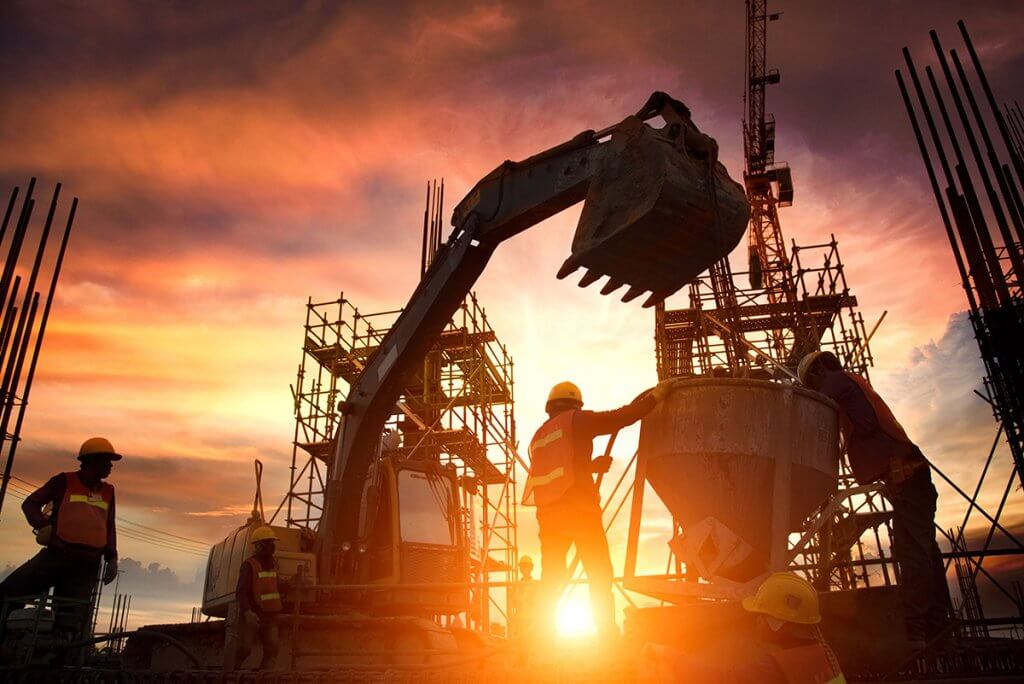The way in which we live and work is rapidly changing. You can see these changes in action day by day, month by month, and year by year on job sites across Australia.
But while the length of innovation cycles are decreasing and the pace and scale of change is speeding up, these innovations should never come at the expense of safety. While tried and true safety principles certainly remain important, development in this new era requires a revisit of long-standing practices to ensure they continue to keep people safe.
Here’s what three expert sources have to say on how job/construction site safety practices need to be added to or refined in this modern era:
Eliminate Safety Risks by Design
Australia’s construction industry makes up 8% of our country’s $1.7 trillion annual GDP. While market demand can rise and drop a little, the sheer size of the industry contributes to the huge number of new job sites popping up around the nation. How these new job sites are designed plays a crucial role in their overall safety.

As outlined by the authors of the Australian Work Health and Safety Strategy 2012-2022, prevention is the key to safe job site design. They write, ”Prevention effort should focus on eliminating or minimising exposure to serious hazards and risks and progressively improving controls. If elimination is not practical then risks need to be minimised according to the hierarchy of control.”
When preventative efforts play a proactive role in job site design, the potential for serious harm is reduced. Take this to heart by ensuring safety is more than an aftersight. Build it into site plans from day one instead.
Personal Health and Fitness is Crucial
It’s no secret working on a job site can be tough on the body – ‘hard yakka,’ as some of the more senior members on our teams would call it. In some ways, this is part and parcel with the nature of our industry. The trade-offs – like getting to work outdoors on a perfect summer day – can be terrific, but they can’t take the place of a proper focus on health and safety while on-the-job.
Better Health in Victoria emphasises the role mechanical aids can play in this pursuit. It can be tempting to skip using a wheelbarrow or a trolley at times. The wheelbarrow might be far away on the side of the job site – and it should only take 10 seconds to move what you need to move. But cutting corners like this increases the risk that disaster will strike. Using tools for their intended job is a vital part of maintaining health and safety on the job site.
Proactive Safety Leadership on the Ground
As the team at Labour Solutions says about job sites, “every company should have a safety department installed to provide local assistance in case of any unforeseen circumstances.” This is really important, and something that should not only be done on big projects, but on all projects – even if your team is smaller than an AFL or NRL roster for a Friday night game.

Get everyone together at the start of the project, and seek out a worker who will be responsible for safety initiatives and maintenance. Ideally, choose someone who will be proactive in monitoring site safety, and who will always be reachable if anyone has an issue.
Veteran members of your crew will be natural choices for this role, but it can also be a great one to give a young member of your team as they look to step up to the job and build their own site leadership skills.
Constructing a Safe Workplace
These actionable safety tips from industry experts are definitely useful today, and will be for a long time going forward. At the same time, safety isn’t something you can attend to just once. It isn’t a ‘tick the box’ task you can get done and then move on. Job site safety is an ongoing and daily process.

That’s why, alongside reading these tips, you might find it worthwhile to lead a discussion about them with others on your team. Not only will this help you and your team come to a shared perspective about possible safety improvements on your job site, it’ll ensure these priorities remain top-of-mind and part of your team’s approach to work day by day.
What other tips for site safety would you add to our list? Let us know in the comments below:



